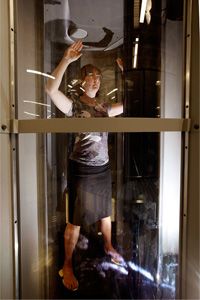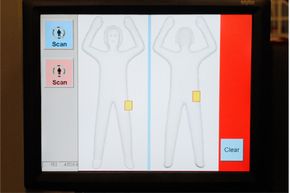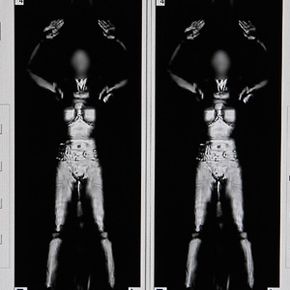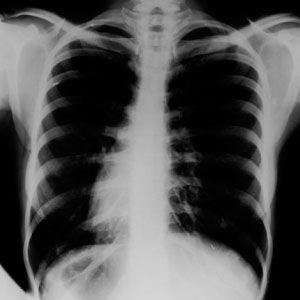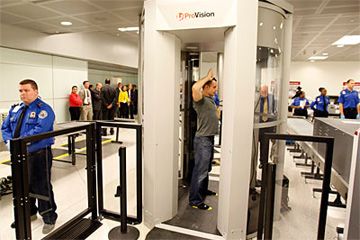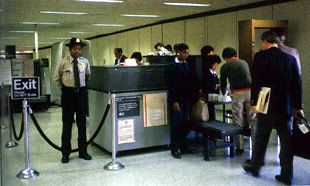On Christmas Day in 2009, Umar Farouk Abdulmutallab tried to detonate explosives in his underwear on a flight from Amsterdam to Detroit. Like all other post-9/11 terrorist acts involving airplanes, Abdulmutallab's failed attempt led to new passenger screening techniques and technologies.
By December 2010, the Transportation Security Administration (TSA) had introduced 500 whole-body scanners -- what the U.S. government agency refers to as advanced imaging technology units -- at airports across the country. All of the scanners do the same thing: detect metallic and nonmetallic threats, including weapons, explosives and other objects, concealed under layers of clothing. But they use completely different technologies.
Advertisement
One type of scanner relies on something known as backscatter technology. Backscatter machines use a device called a collimator to produce a parallel stream of low-energy X-rays, which pass through a slit and strike a passenger standing in the machine. A single scanner includes two radiation sources so that both the front and the back of the person can be imaged. The images form when X-rays, which penetrate clothing, bounce off the person's skin and return to detectors mounted on the machine's surface. The radiation also bounces off weapons, explosives or other threats concealed in clothing or lying against the skin.
The other type of scanner uses a competing technology known as millimeter wave (mmw) imaging. These machines work on the same principles, except they emit a special type of microwave, not X-ray. Two rotating transmitters produce the waves as a passenger stands still inside the machine. The energy passes through clothing, bounces off the person's skin -- as well as any potential threats -- and then returns to two receivers, which send images, front and back, to an operator station.
Unfortunately, what was supposed to ease the public's worries has only caused agitation and anxiety -- among passengers, pilots and TSA agents. Many people have voiced concerns about the health risks of the scanning process for both technologies. How much radiation do these machines produce? How does it compare to medical imaging devices? And is it enough to increase cancer rates in the general population? Then there are the questions about privacy. Can TSA agents see bits and pieces they shouldn't be seeing? And do they ever store or archive scans instead of deleting them immediately?
The rush to answer these questions has spawned a number of myths and misconceptions. It's almost as if whole-body scanners, machines capable of peering deep into our soul (or at least beneath our clothes), are themselves opaque. In reality, they're not. They take advantage of well-understood scientific principles that have been around for years. Let's throw back the curtain on millimeter wave scanners to understand how they work and how they're used at airports around the world.
Advertisement

